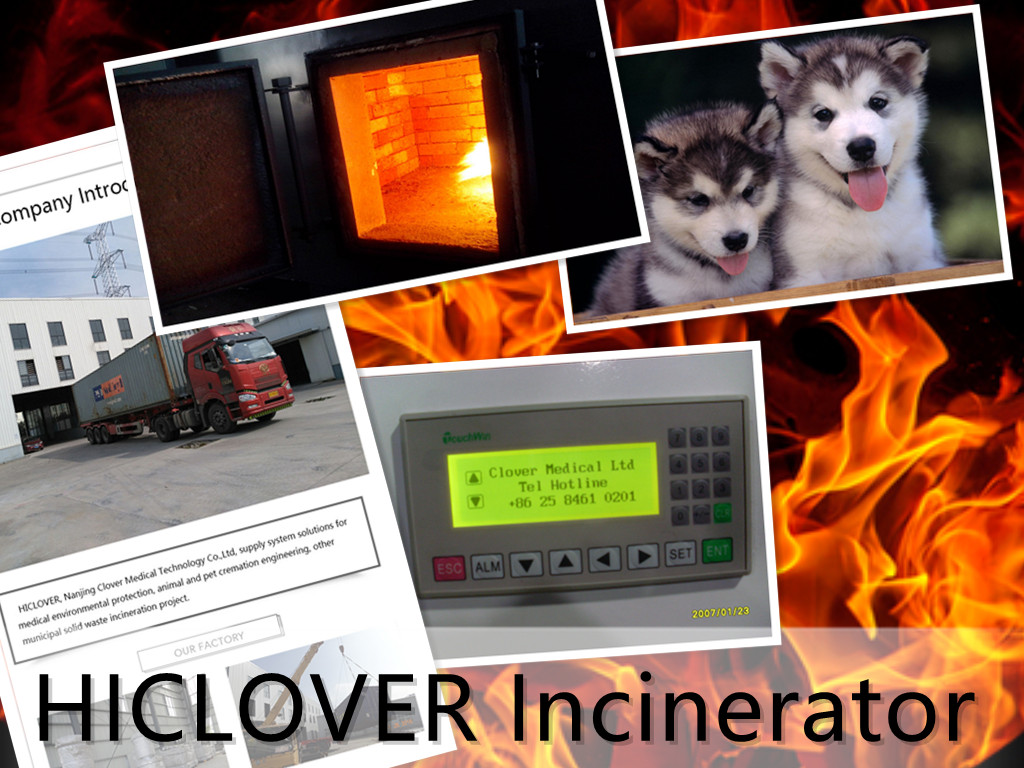Container incinerators play a crucial role in waste management by offering a safe and sustainable means of disposing of waste. Understanding the technology behind these incinerators is essential in order to appreciate their benefits and purpose.
Container incinerators are specially designed to burn waste materials at very high temperatures, thereby significantly reducing the volume and mass of the waste. The incineration process involves the combustion of waste at temperatures exceeding 850°C (1,562°F), which helps to convert the waste into ash, flue gas, and heat energy.
The design of container incinerators is such that they are portable and easy to deploy. They are typically housed within a durable and weather-resistant container, making them suitable for use in remote or temporary locations. This mobility allows for flexible waste management solutions, particularly in areas without access to traditional incineration facilities.
The technology behind container incinerators enables them to effectively handle various types of waste, including medical waste, municipal solid waste, hazardous waste, and industrial waste. The incineration process is highly efficient and helps to minimize the environmental impact of waste disposal. The high temperatures and controlled combustion ensure that harmful substances and pollutants in the waste, such as dioxins and furans, are destroyed, reducing the emission of harmful air pollutants.
In addition to waste reduction and environmental benefits, container incinerators also offer energy recovery. The heat generated during the incineration process can be harnessed and used to produce steam or hot water, subsequently used for heating or to generate electricity. This energy recovery aspect makes container incinerators a sustainable and cost-effective waste management solution.
The technology behind container incinerators also includes advanced control systems and emission monitoring equipment. These features ensure that the incineration process is closely monitored for optimal performance, and that emissions are kept within regulatory limits.
Furthermore, container incinerators are equipped with pollution control technologies such as air pollution control devices, scrubbers, and filters to minimize the release of harmful gases and particulate matter into the atmosphere. This demonstrates the commitment of the technology to ensuring that the environmental impact of waste incineration is minimized.
Using container incinerators as a waste management solution offers several advantages, including reduced landfill usage, elimination of pathogens in medical waste, and energy recovery. They also provide a viable option for waste management in remote or disaster-stricken areas where traditional disposal methods may be inaccessible.
In conclusion, the technology behind container incinerators is fundamental to their ability to effectively and safely manage waste. By understanding how these incinerators work, we can appreciate their significance in waste management and their potential to contribute to a more sustainable and environmentally friendly approach to waste disposal.



